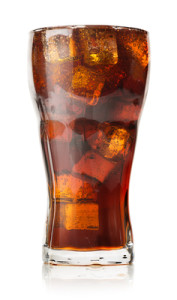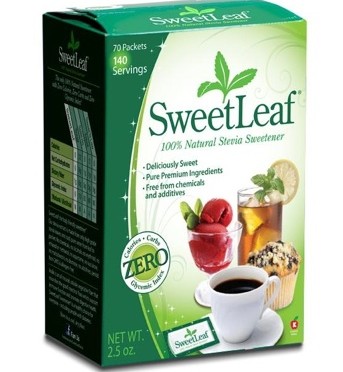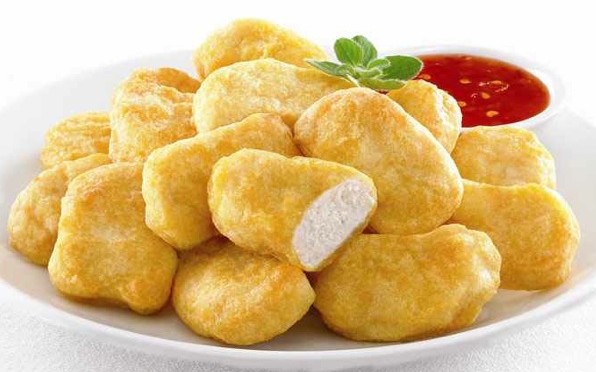
We are being frivolous to refer to this issue as just “drama”. For years, we have been warning you about the risks related to aspartame and other artificial sweeteners. Now there is data from years of tracking women in a very large study and here’s what’s been found: Increased blood pressure, increased cholestral, increased belly fat and increased risks of diabetes. In addition, daily diet soda drinking is thought to cause an increase of 30% in your risk of heart attack and an increase of 50% in your risk of dying from heart attack.
So will you switch back to regular soda with its’ corn syrup sweetener? Not so fast! Corn syrup is associated with causing dementia and Alzheimer’s. Well what should you drink? WATER! Okay, some of you want something a little sweeter. That is, the bacteria that live in your gut are in there poking your intestines and begging for a sweetener, which is what they need to procreate and thrive. How about an all natural drink? Iced herbal tea with honey or a natural sweetener like the herb, stevia. Some tasty brands are NuNevia and Sweet Leaf. We like them because of their natural taste. They are available in powder as well as non-alcohol liquid. Some other brands have troubling fillers





